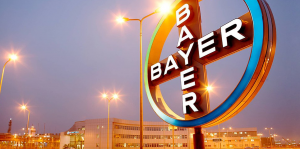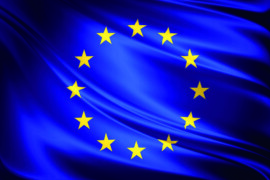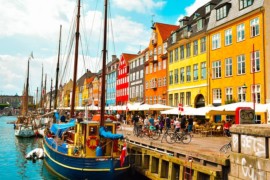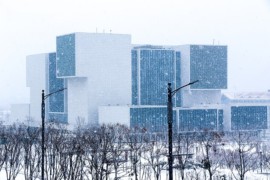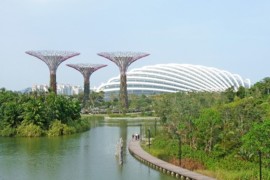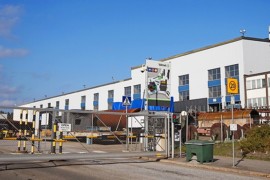Bayer, the German pharmaceutical, chemical and life sciences industrial giant, has announced its satisfaction at the results of the almost perfect match of cogeneration with its chemical operations. This publicly declared satisfaction is the result of the success of Currenta, a joint venture by Bayer, and Lanxess, which manages and operates the Chemparc Group with its three sites in the Lower Rhine at Leverkusen, Dormagen and Krefeld-Uerdingen.
The Leverkusen site covers 480 hectares and currently produces over 5,000 chemicals, nitration and chlorination, as well as aromatic compounds, chemicals, etc. with more than 30,000 people are currently working on this site.
According to Mauritz Faenger-Montag, Chempark’s spokesperson, the combined heat and power plant located on the Leverkusen site plays an important role in its activities. Faenger-Montag also stated that it is the operation of highly efficient cogeneration units that makes it possible for Currenta to supply its production plants and support its objectives as part of the energy transition.
Thanks to the connection to a collective heating network, excess electricity supplied by the cogeneration plant can also be fed into the public grid. In addition, within the Chempark site, we find solutions that are more respectful of the environment with, for example, greenhouses supplied by Bayer use automatic systems to control the amount of light used. Chempark’s greenhouses are also equipped with so-called ‘invisible glass’, designed to let 98% of natural light to complete controlled artificial lighting.


